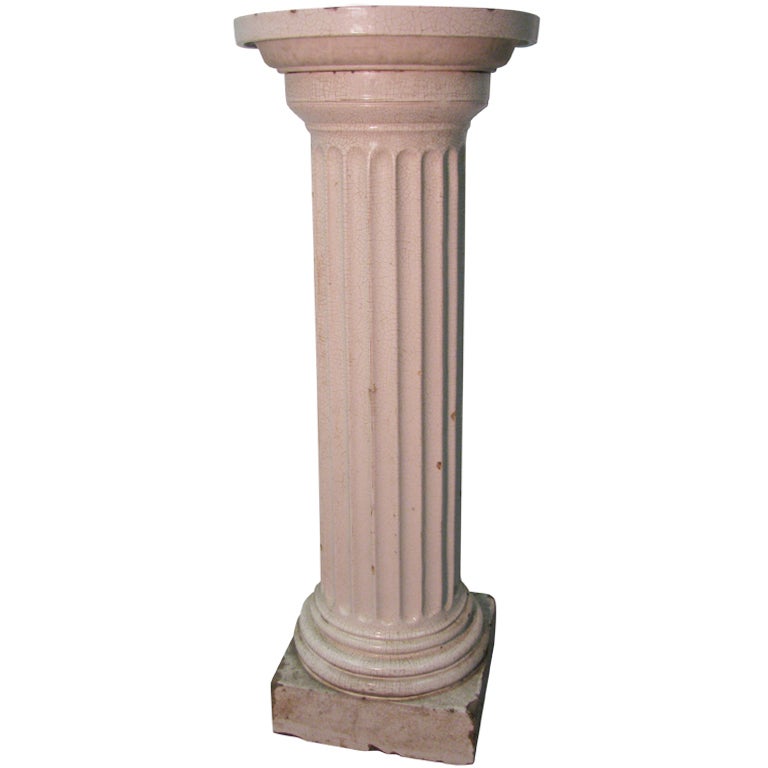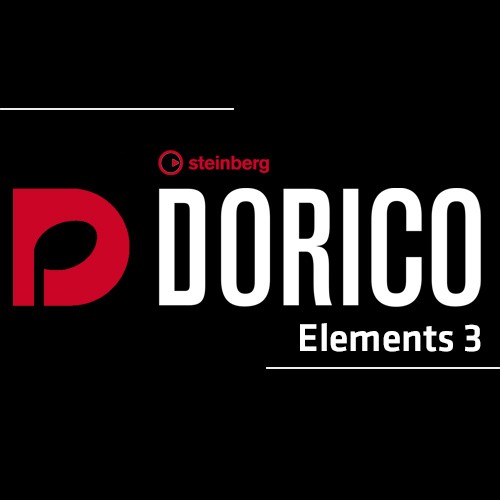

Player names appear in guide instrument labels in galley view for players holding multiple instruments and can appear in staff labels. You can change the player names of players, and reset renamed players to their default names. This allows you to show relevant information in different places, such as in staff labels and at the top of part layouts. In Dorico Elements, you can use three different names to refer to the same player in different contexts.
DORICO ELEMENTS FULL
For example, part layouts typically only show the music for one player, whereas full score layouts show the music of all players in the project. Layouts combine musical content, as represented by flows and players, with rules for page formatting and music engraving, and allow you to produce paginated music notation that can be printed or exported in various formats. A single project can contain any number of flows. Player groups can have their own brackets, depending on the bracket grouping set for each layout.įlows are separate spans of music that are completely independent in musical content, meaning they can contain completely different players from each other and have different time signatures and key signatures.

Human voices, such as soprano or tenor, are also considered instruments.Ī player group represents a collection of musicians that are considered together, such as one choir in a work for double choir or an off-stage ensemble. In Dorico Elements, an instrument is an individual musical instrument, such as a piano, a flute, or a violin. Dorico Elements provides predefined ensembles, but you can also build custom ensembles. Players hold instruments, so you must add at least one player to your project before you can add instruments.Įnsembles are sets of multiple players that are commonly used together, such as a double woodwind section that contains two flutes, two oboes, two clarinets, and two bassoons.

In Dorico Elements, a player can represent an individual musician or multiple musicians in the same section. Because they exist in the project rather than in a single score, you can, for example, have players and flows saved in the project without showing them in the full score. In Dorico Elements, players, layouts, and flows are all connected to each other. The project window in Setup mode contains panels with all the tools and functions that allow you to add players and instruments as well as to create layouts and flows for your project. You can also determine how they interact with each other for example, by changing the players assigned to layouts. Setup mode allows you to set up the fundamental elements of the project: instruments and the players that hold them, flows, layouts, and videos. In addition to opening and importing/exporting projects and other file formats, project and file handling also includes auto-save and project backups. This chapter introduces you to key aspects of the user interface. The user interface of Dorico Elements is designed to keep all of the important tools at your fingertips. Dorico is based on a number of key concepts that come from its design philosophy.


 0 kommentar(er)
0 kommentar(er)
